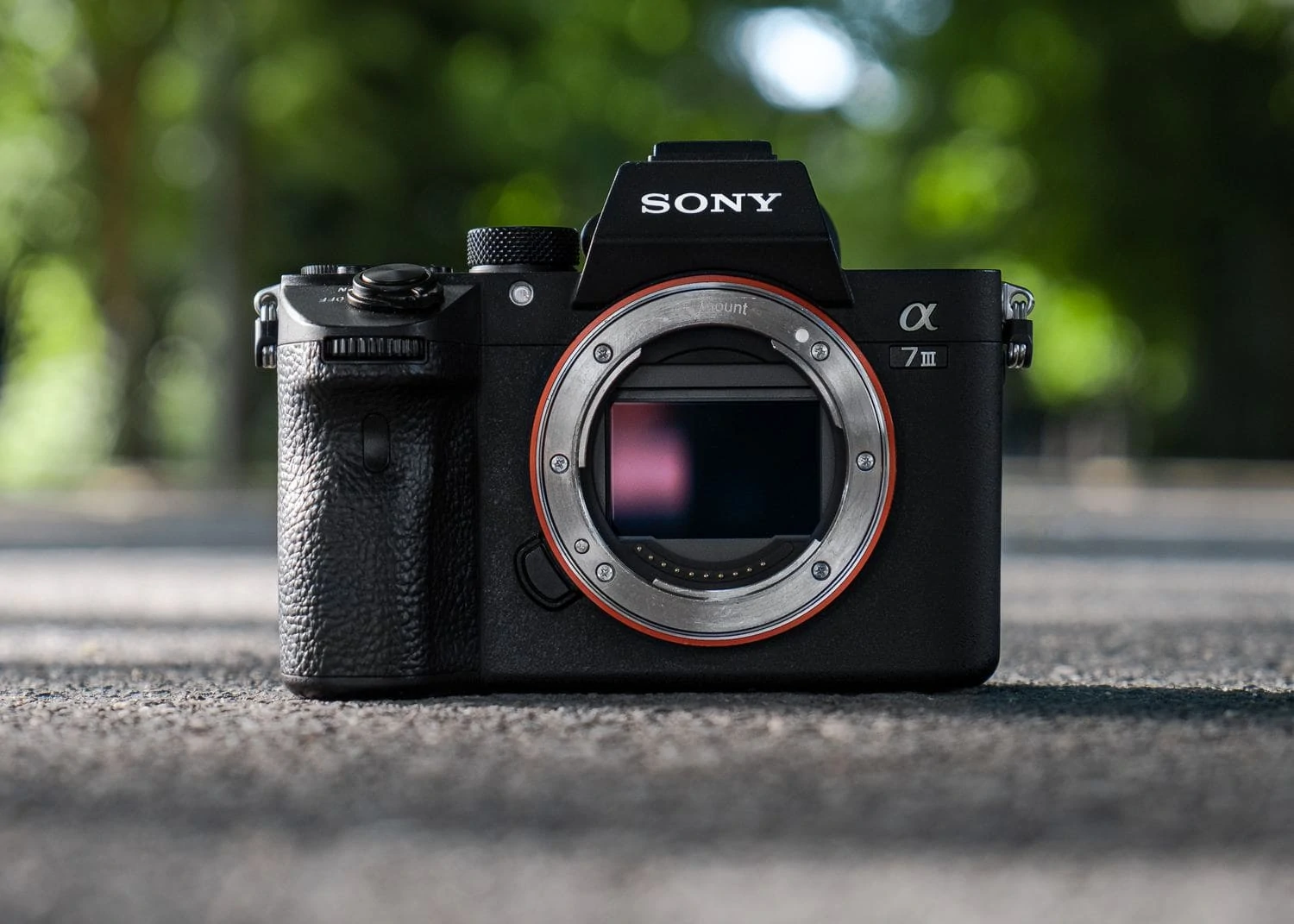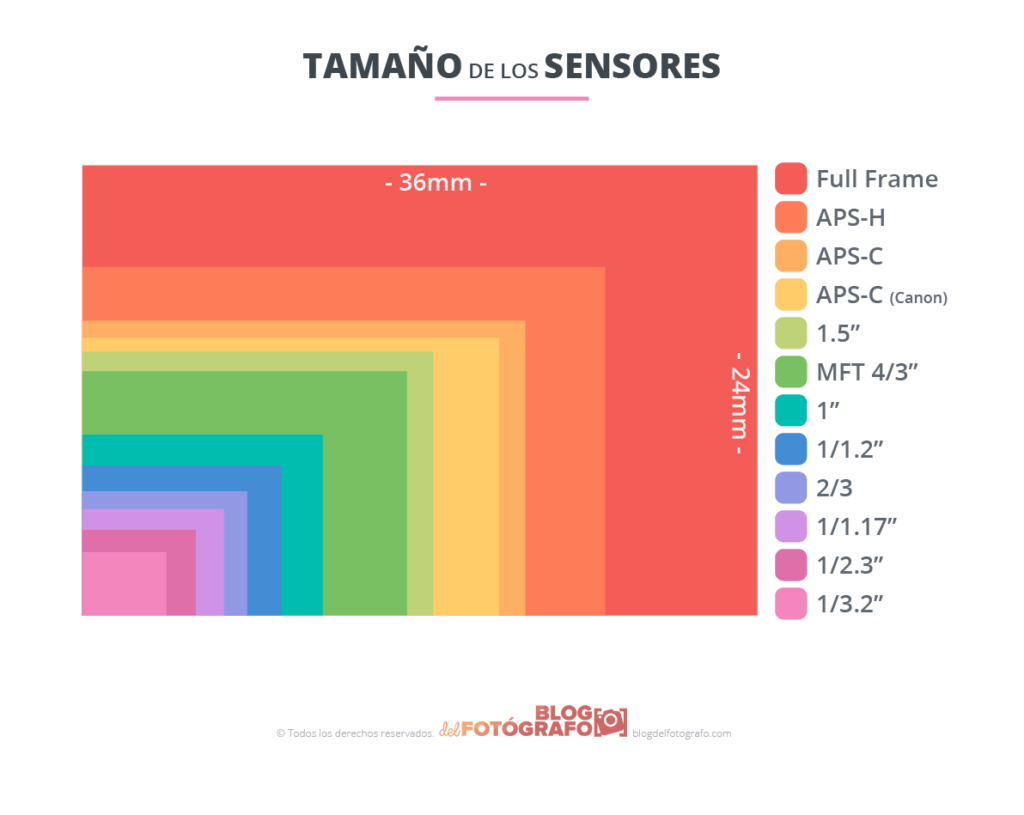The terminology is scary, sometimes. It puts us back so much technicality, right? But one of the missions of this blog, if not the main one, is to spread photographic knowledge and democratize photography among all its readers. An issue that tends to back down due to its apparent complexity is the issue of camera sensors. Fake friend. It is not a complex issue at all, quite the contrary. And although it is not serious to be unaware of some photography concepts, it turns out that the sensor is a key piece in a camera.
In this article today I am going to talk about this "vital organ" called sensor. If you are about to buy your next camera, you need to know what the sensor is, so you will make a good choice. If you already have a camera, you should also find out about the sensor that it has inside.
WHAT IS THE SENSOR?
It does not matter if it is a SLR or a compact, the sensor is the heart of our camera , the goal. Everything we do to capture a good photo, from the moment we frame it until the moment we take the shot, are all actions and steps that pursue a single goal: directing the external light (image) towards the camera sensor .
The sensor, as its name indicates, is a "sensitive" element inside our camera, that on which light is projected, drawing an image that represents what our camera sees.
The sensor is for digital cameras like the film or reel we used in analog cameras . The difference is that in analog cameras the film had to be changed while in digital cameras the sensor is fixed and does not need to be changed. We can "project" onto it as many digital photos as we want, since we already have the memory card to store the photo.

WHAT IS THE SENSOR OF MY CAMERA MADE OF?
If you are curious to know what the sensor of your quiet camera is made of, you don't have to break it to find out. That's what I'm here for ? Well, your camera sensor is a kind of small chip made up of millions of light-sensitive components, called pixels. Those millions of pixels have to always be in the dark, and as soon as they are exposed to light they capture it, that's why they are sensitive. Thanks to the fact that they capture that light, we obtain the image.
SENSOR TECHNOLOGY
Sensors can be classified according to their technology, and the one in your camera surely belongs to one of the following types of sensors:
- CCD and Super CCD
- CCD-RGBE
- CMOS
- Foveon X3
Although in reality the 2 most widespread or popular types of sensors are the CCD and the CMOS .
I don't want to mistreat you with a series of technical specifications about each of these formats, because I think they will be irrelevant to you. What you should know is that CCD-type sensors were the first to be used, but today most cameras are using CMOS sensors. Well, it was discovered that this new technology called CMOS allowed the creation of sensors that consumed much less battery and at the same time allowed much faster image processing. On the other hand, factories find it much cheaper to make a CMOS sensor than a CCD one.
Regarding image quality, in the past CCDs offered better image quality, but over time CMOS already reached that quality.
IN THE SENSORS... DOES SIZE MATTER?
Yes. It matters a lot. When I go to buy a digital camera, be it SLR or compact, almost the first thing I look at is the size of the sensor. He will determine the quality of the camera and therefore the quality of the photos.
In order not to get involved with terminology and abstract explanations, I leave you below the list of the most common sensor sizes. They are ordered from largest to smallest. The rule I want you to remember forever is easy: the bigger the sensor size, the better.
- Full Frame sensor , also known as a 35mm sensor. Dimensions: 36x24mm
- APS-H sensor . Dimensions: 28.7x19mm
- APS-C sensor (used in Nikon, Pentax and Sony). Dimensions: 23.6×15.7mm
- APS-C sensor (used in Canon). Dimensions: 22.2×14.8mm
- Foveon sensor ( used in Sigma cameras). Dimensions: 20.7×13.8mm
- Micro Four Thirds Sensor . Dimensions: 17.3x13mm
- […other smaller sensors…]
Update: Very rightly, Álvaro asks me (below in the comments) if the sensor size is specified in compact cameras. Here I recommend the following: try to find out the size of the sensor in the camera box, if it doesn't come try to see it in the description of the camera on the web of the store (for example, Fnac.es), if it doesn't come there either I recommend search specialized websites where all the characteristics of the camera come. A good website for this effect is the famous dpreviewwhere they analyze any camera in detail, almost always indicating the size of its sensor.
On the other hand, in terms of compact digital camera sizes, there are usually 3 sizes that are the most expanded and that are the following, from largest to smallest:
- 1/1.7″ (7.6 x 5.7mm)
- 1/1.8″ (7.18 x 5.32mm)
- 1/2.5″ (5.76 x 4.29mm)
I hope this info is useful.
Note: You should know that the size of the sensor affects, in addition to the quality of the image, the focal length of the lens. When we buy an 18-55mm lens for example and use it at 18mm, it's really only 18mm if we have a Full Frame Sensor (the first on the list above, the big one). If the sensor is smaller then the real focal length will not be 18mm but greater, maybe 27mm or thereabouts, and so on, the smaller the sensor, the greater the real focal length we will obtain. This is a drawback if we are looking for a wide-angle photograph, but it is an advantage if what we want is a huge zoom telephoto lens. Well, with a 200mm we would get almost 300 real mm.

OTHER SENSOR FEATURES
I have left them for last because I think they are given more importance than they should be, however, to be fair I cannot exclude them from this article: the number of megapixels and the ISO sensitivity are also two important factors in a photo camera sensor.
In theory, the more megapixels our sensor has, the better image quality we will get. This is not always absolute, but what affects the most is the size of the prints you are going to make, so do not rush into buying a camera just because it has more megapixels, although it is a factor to consider.
The other important factor is ISO sensitivity. This indicator reveals the degree of sensitivity of the sensor to light. For example, shooting a photo at ISO 200 will capture twice as much light as shooting it at ISO 100. Although it is known that the higher the ISO sensitivity, the more noise we will have in the photo, so be careful.
If you want to delve (much) more into the subject, in the following video David tells you about it in a much more extensive and detailed way.
This is all regarding the subject of sensors. Everything you need to know about sensors now you know.

![TYPES AND CHARACTERISTICS OF PHOTO CAMERA SENSORS [UPDATED]](https://photographychef.com/wp-content/uploads/2023/01/TYPES-AND-CHARACTERISTICS-OF-PHOTO-CAMERA-SENSORS-UPDATED.jpg)
